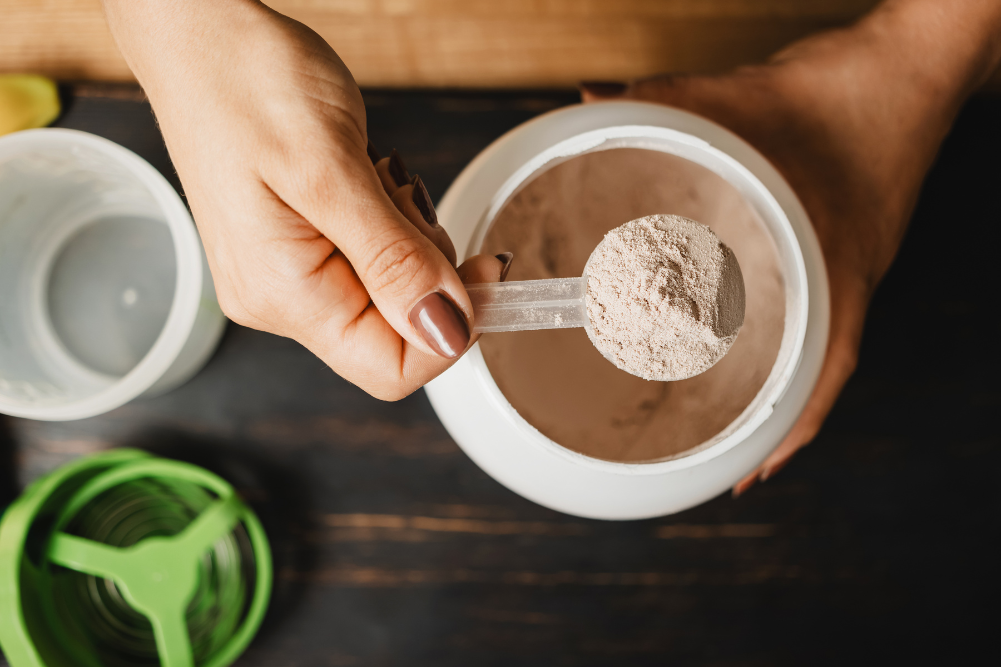Are bitters good for you?
One of the best part-time jobs I ever had in my youth was with an enterprising bloke who’d abandoned a teaching career to start a gardening business. Leaving aside the undeniable health benefits of working outdoors, the highlight of the day was a hearty counter lunch washed down not with a beer — which would have made the afternoon a long, soporific ordeal — but with a refreshing tall glass of bitters, dry ginger ale and a dash of lime.
You can tell a good bartender — or perhaps an aspiring cocktail mixologist — by the way they introduce the dark-red, syrupy bitters, invariably the iconic brand Angostura. The inexperienced drinkmaker slops it in like cordial and gives the mix a bit of swizzle. In contrast, an expert will pour some bitters down the inside of the glass, turn it a few times to spread the liquid (known as “pinking” the glass) and pour off the residue before adding the ginger ale and, finally, the merest splash of lime essence.
The bitters’ deep spice counters the sweetness of the other ingredients and adds an agreeable zest to what would otherwise be a fairly humdrum fizzy drink. It’s still the drink I order when I’m not having “a drink”, though these days I skip the sugary ginger ale and have it with mineral or soda water and a squeeze of lemon or lime.
Snake oil salesman
I didn’t really think about it back then, but I was partaking in a centuries-old tradition. Bitters is the original patent medicine, essentially an alcoholic beverage infused with various aromatic herbs, roots and fruits.
Sometimes the makers of quack medicines added stuff that was downright dangerous: wormwood, for instance, the notorious active ingredient in absinthe. But, snake oil or not, one thing everyone agrees on about bitters: whether as an apéritif or a digestif, it’s good for the digestion.
As a health tonic, bitters was widely consumed long before the 19th century but the brand now found in every bar in the world was concocted in Venezuela in 1824 by a German physician named Johann Gottlieb Benjamin Siegert. The revolutionary leader Simón Bolívar had appointed him surgeon-general of the military hospital in the town of Angostura (now called Ciudad Bolívar).
Siegert’s “Amargo Aromatico”, intended to treat seasickness and stomach ailments, contained the proven digestive aids gentian, cinnamon and cloves, macerated in dark rum with other spices as well as citrus. (The company remains deliberately vague about the precise formula.) Profitable almost from the get-go, Angostura was soon exported to Trinidad, the USA and England and was famously the pink in the Royal Navy’s pink gin — for strictly medicinal purposes, don’t you know.
Cocktails for two
Almost as old is Peychaud’s Bitters, created around 1830 by Antoine Amédée Peychaud, a Creole Haitian apothecary who had settled in Louisiana. His clove-scented tonic became a key ingredient in New Orleans’ famous Sazerac, sometimes hailed as the original cocktail.
However, the cocktail predates the Sazerac and indeed both Peychaud’s and Angostura bitters. The earliest written reference is in an 1806 New York publication, Balance and Columbian Repository, which defined a “cock-tail” as “a stimulating liquor composed of spirits of any kind, sugar, water, and bitters; it is vulgarly called a bittered sling”.
While bitters is now synonymous with whisky cocktails such as the Old Fashioned and Manhattan, among other mixers, the enduring success of Angostura in particular has spawned many imitators. In addition, there is a bewildering range of digestive liquors such as Campari and Amaro from Italy, Jägermeister (Germany), Pimm’s (England) and Suze (France) as well as many familiar non-alcoholic varieties including Crodino, Sanbittèr and several brands of chinotto, named after the bitter Italian orange (Citrus myrtifolia) used in its preparation. Chinotto is also an important ingredient in Campari.
So next time you’re in a bar and feel like something refreshing, just point to that little bottle with the ill-fitting label and say, “Make mine a bittered sling, please, in a cool, tall glass.” Your stomach will thank you.
The bitters truthHerbalist Christopher Hobbs lists the following as typical ingredients of bitters:
Add to them tonics such as cascarilla (Croton eluteria), cassia (Cinnamomum cassia) and quinine, the well-known antimalarial and muscle relaxant also used in tonic water, from the bark of the cinchona tree (Cinchona calisaya). |
Chris Stafford is a writer, reviewer and musician. He once wrote a book about cocktails called With a Twist.







